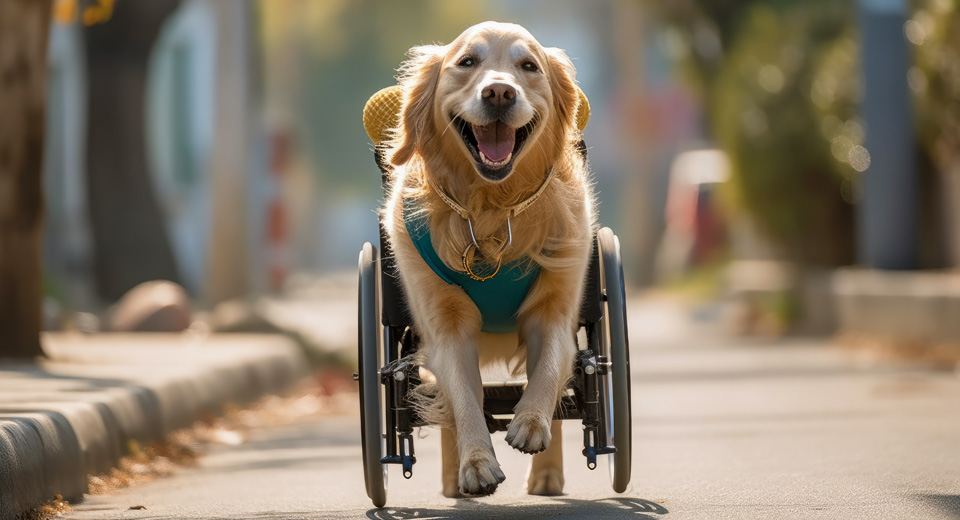
In the wake of COVID, you’ve likely heard about the benefits of monoclonal antibody therapy. In an effort to reduce pain, improve mobility and quality-of-life, this type of biological therapy has been harnessed to treat dogs and cats suffering from Osteoarthritis (OA).
Monoclonal antibodies, also known as “mAbs,” are proteins made in laboratories that act like the proteins called antibodies in our bodies – and in your pet’s body too. It mimics your pet’s own immune system to target and neutralize a protein called Nerve Growth Factor (NGF) that stimulates pain in pets with OA.
The key advantage of mAbs therapy is that it is typically safer for the liver and kidneys because it functions like naturally-produced antibodies. In senior pets, who are often receiving multiple medications, it does not carry the same risk of contraindication or side effects as NSAIDs like carprofen or other pain management medications.
In the US, the FDA approved Zoetis’ product for cats with OA, Solensia (frunevetmab) in early 2022. Librela (bedinvetmab) for dogs came to market in May of 2023. Both are administered via monthly injections by veterinarians.
Solensia was the first monoclonal drug approved for use in the US for any animal species and it has been highly effective for cats, especially those who don’t like to take medication. Likewise, Librela, which had been introduced in Europe in 2021 was met with high satisfaction ratings among veterinarians.
“Early reports and feedback within the veterinary community suggest that targeting NGF, helps improve the comfort, mobility and overall well-being of dogs and cats with OA. This breakthrough can be a game changer for senior pets, especially considering the obesity epidemic. It’s very difficult for pet parents to help their larger, arthritic dogs with mobility issues,” said Dr. Laurie Brush, founder of Heaven at Home Pet Hospice.
Pet obesity is believed to be a major contributor to joint damage, chronic pain and OA in both canines and felines.
Distinguishing OA from old age can be difficult for pet parents. In cats, changes in affected joints are usually subtle. Decreased range of joint motion and lameness, commonly seen in dogs, is uncommon in cats. In many cases the only signs are changes in activity levels and a reluctance to jump up or down.
For dogs, difficulty with stairs, limping, and decreased activity are common signs of OA. If you pet has lost the “spring” in their step, talk to your veterinarian about these groundbreaking monoclonal antibodies to give them a new lease on life.
